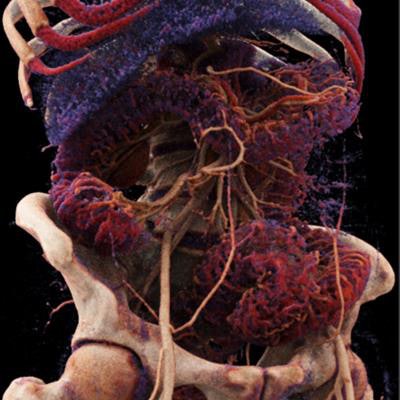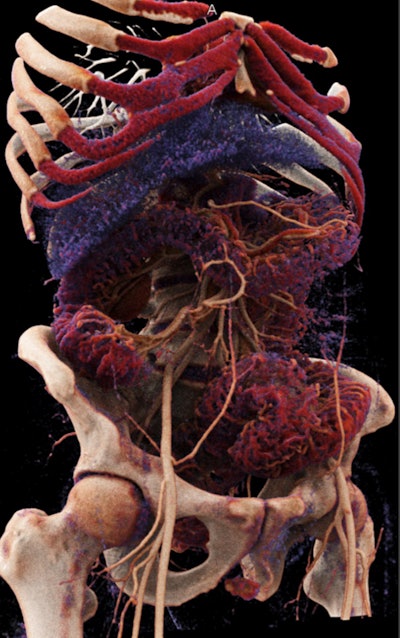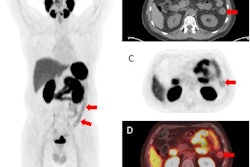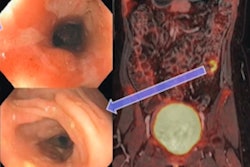
Radiologists who had access to cinematically rendered images of the colon in addition to conventional CT scans -- as opposed to CT alone -- reported clear improvements in their capacity to diagnose ulcerative colitis in a new study, published in the August issue of the Japanese Journal of Radiology.
Accurate assessment of disease presence and severity is crucial for managing chronic inflammatory bowel diseases. Yet the standard practice of evaluating bowel diseases such as ulcerative colitis on CT is limited by poor visibility of lesions, often resulting in subpar diagnostic performance, noted first author Dr. Jun Yang from the Third Affiliated Hospital of Kunming Medical University in China and colleagues.
Recently, several studies have explored the possibility of using a photorealistic imaging technique known as cinematic rendering to enhance the visualization of complex anatomy, thereby improving diagnosis. Indeed, various groups have used cinematic rendering to provide clinicians with photorealistic depictions of the pancreas and liver -- even using the technique to facilitate colon evaluation.
 Cinematically rendered CT scan of a patient with ulcerative colitis. Image courtesy of Dr. Qinqing Li.
Cinematically rendered CT scan of a patient with ulcerative colitis. Image courtesy of Dr. Qinqing Li.In the current study, Yang and colleagues evaluated the cases of 48 patients who underwent a conventional CT exam for evaluation of suspected ulcerative colitis. The average age of the patients was 44 years, and approximately 69% were men (Jpn J Radiol, August 2019, Vol. 37:8, pp. 590-596).
Two abdominal radiologists independently reviewed either the CT scans alone or the CT scans in addition to cinematically rendered images to determine the severity of ulcerative colitis (mild, moderate, or severe) for each case. Then they reviewed the two sets of imaging data again in a random order three weeks later.
The researchers found that using a combination of cinematic rendering and CT allowed the readers to examine the full extent of lesions and interpret signs of disease more effectively than using conventional CT alone. Ultimately, these visual advantages led to improvements in the diagnostic performance of the radiologists, as confirmed by marked increases in the area under the receiver operating characteristic curve (AUC).
| Cinematic rendering + CT vs. CT alone for diagnosing ulcerative colitis | ||
| CT | CT + cinematic rendering | |
| AUC for reader 1 | 0.676 | 0.804 |
| AUC for reader 2 | 0.679 | 0.826 |
Specifically, the readers reported being able to see a full view of the lesion on the cinematically rendered images, unlike the partial view visible on conventional CT. Cinematic rendering also helped them to more readily identify imaging signs indicative of greater disease severity, including increased vascularity of the mesentery and the "comb" sign, compared with CT (p < 0.05).
What's more, the researchers discovered a potential new sign of extensive ulcerative colitis on the cinematically rendered images: the "dragon dance sign," which refers to a mixture of wall thickening and mesenteric vasculature that resembles a dragon puppet being propped up by performers.
"Although cinematic rendering improves the diagnostic performance and provides much more information than cross-sectional imaging, cinematic rendering alone cannot be used to establish a diagnosis; it plays an essential role as a supplemental modality. ... [It] is an important complement to conventional cross-sectional imaging," the authors wrote.



















